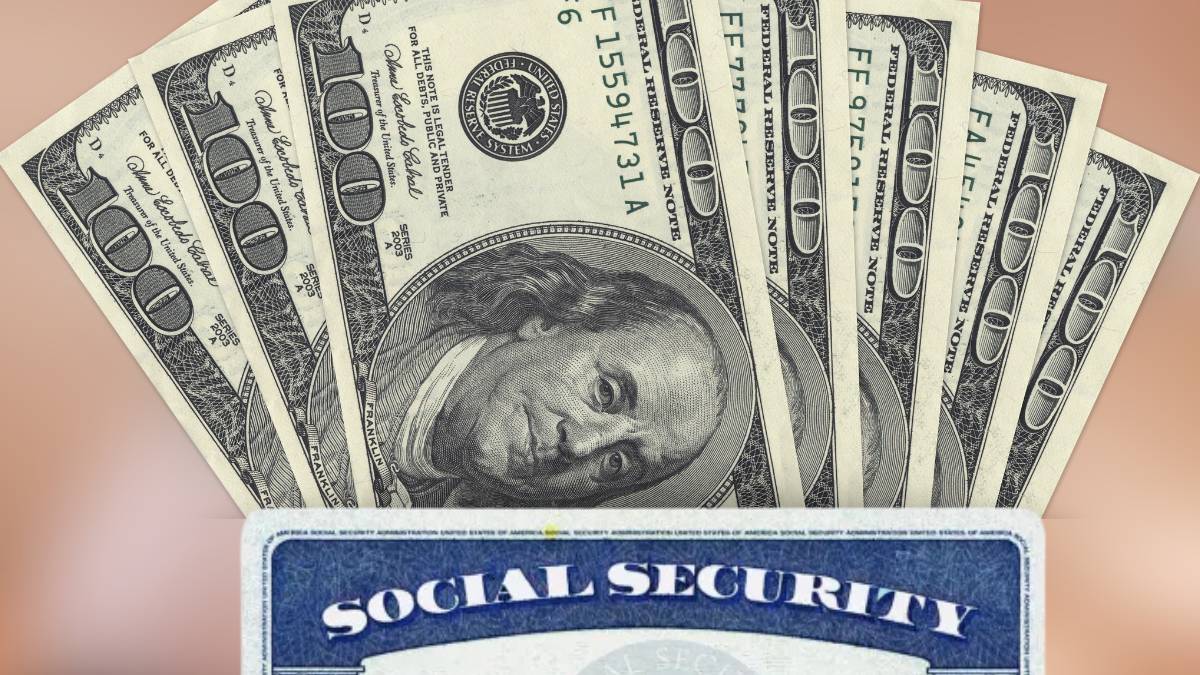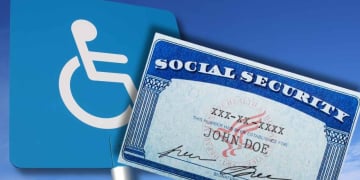The Social Security Administration (SSA) will distribute Supplemental Security Income (SSI) Program payments on Thursday, May 1, 2025. According to established protocol, deposits are made on the first day of each month, unless it coincides with a non-business day, in which case they are anticipated to the last work Friday. In May, there is no change because the first day of the month is a business day.
For all of 2025, the payment for a single SSI recipient is $967, while for a couple it is $1,450. For an “essential person,” that is, a person who helps an SSI recipient who cannot care for themselves, the SSA can allocate up to $484.
The 2025 values increased with the Social Security “COLA” index to compensate for the impact of inflation on vulnerable groups, maintaining the purchasing power of beneficiaries in the face of changes in prices of goods and services.
You could receive SSI benefits
Before continuing, we are going to make a clarification about the May calendar, since beneficiaries will see how they receive an “extra” deposit on May 30: this means that June 1 is a weekend, and the payment is advanced to the nearest previous business day. Now we can continue with the explanations.
SSI payments are aimed at people with limited income and resources who meet at least one of these requirements: being 65 years old or older, being blind, or having a disability that prevents them from working. Additionally, they must be US citizens or legal residents under specific conditions.
Those applicants must undergo rigorous screening to verify their socioeconomic and medical status, as the program is very specific about whom it must cover. Required documentation includes financial records, medical certificates, and proof of immigration status, as applicable.
To qualify for SSI in 2025, a person must have no more than $2,019 monthly income. For couples, the limits are higher, depending on your specific situation. Regarding resources, the maximum allowed is $2,000 for individuals and $3,000 for couples, not counting the main residence or a vehicle.
These parameters may vary by state, especially in regions that offer local add-ons. SSA periodically reviews beneficiary conditions to ensure continued compliance with criteria.
Who may qualify for SSI benefits: the type of beneficiaries the SSA accepts
In January 2025, 7.39 million people received SSI payments, according to official data. Of this total, 1.19 million corresponded to adults over 65 years of age, and the rest to those under 65 with disabilities or blindness.
The SSA monitors annual demographic changes to adjust policies and budgets according to emerging needs and determine whether to direct more budgets to this program, which, unlike disability benefits (SSDI) or retirement, does not require having had a work history with Social Security tax payments.




